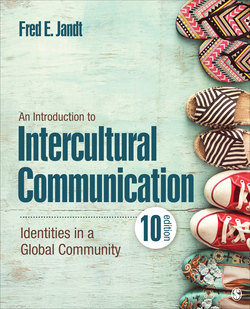Читать книгу An Introduction to Intercultural Communication - Fred E. Jandt - Страница 141
На сайте Литреса книга снята с продажи.
Focus on Skills 3.3 Adapting to Tourism From China
ОглавлениеDue in part to China’s thriving economy and new policies easing travel restrictions, Chinese travelers are the fastest-growing segment of the travel market. In 2014, 2.2 million Chinese travelers visited the United States. According to the U.S. Travel Association, the average spending per visit for Chinese tourists is $7,200—the most of all international visitors. Luxury goods in the United States are far less expensive than in China, so shopping is the number-one activity. Many first-time visitors focus their spending on gifts and souvenirs to take back home, and many leisure travelers stay at budget hotels. According to the 2013 China Rich List, about 40 of the 100 richest individuals in China made their fortunes in second- and third-tier cities and have had less contact with Western brands and fashion. Many higher-end U.S. hotel properties are planning to be more attractive to business and frequent leisure travelers.
Assume you are the director of training for a U.S. hotel that wants to be positioned to attract Chinese tourists.
1 How would you prepare the hotel staff to deal with the barriers discussed in this chapter?
2 How could you help employees deal with their anxiety when interacting with Chinese tourists for the first time? How would you deal with assumptions of similarity? Consider such things as using both hands when exchanging currency, language use, numbering system, coffee makers, and breakfast foods.
3 How would you deal with employees’ ethnocentrism and stereotypes?
4 How would you use Weibo and WeChat or other social media with Chinese tourists before their trips?
